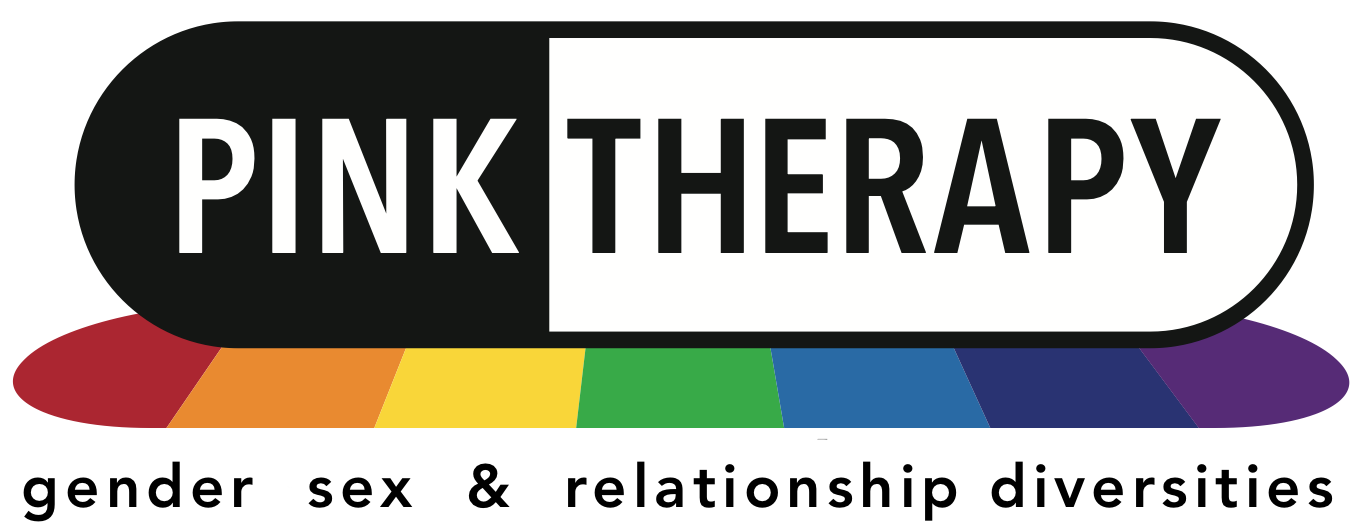The new (6th) edition of Rutter’s Child and Adolescent Psychiatry features a chapter on a gender nonconforming young people for the first time, entitled “Gender dysphoria and paraphilic sexual disorders”. This chapter draws upon flawed and outdated research to effectively promote ‘reparative’ therapy, with the intention of changing children’s gender identities. It can be read here.
Authors Kenneth Zucker and Michael Seto suggest that therapists work with parents to “set limits with regard to cross-gender behaviour, and encourage same-sex peer relations and gender-typical activities”. In doing so, they promote the idea that issues faced by gender nonconforming children are due to an innate problem with the child, rather than with the child’s relation to normative societal gender roles.
Reparative therapy for gender identity issues can harm children by leading them to internalise the idea that nonconforming gendered expression is shameful or wrong (Ansara & Hegarty, 2012). It runs counter to explicit guidance on the treatment of children and young people from the World Professional Association for Transgender Health Standards of Care (WPATH, 2012). In contrast, approaches that enable and support children in exploring gender identity and expression have been shown to have beneficial outcomes (De Vries et al, 2013; Ehrensaft, 2012).
The chapter also exhibits poor scholarship. The first author prominently cites his own work no less than 17 times. Strong inferences are drawn from statistically insignificant quantitative findings. Blanchard’s (2010) deeply reductive typology of male-to-female transsexualism is reported on prominently, but the controversy of this theory (Serano, 2010) is not acknowledged.
Zucker’s own Gender Identity Service at the Toronto-based Centre for Addiction and Mental Health was recently recently suspended pending investigation following complaints from a number of parents. It is unclear whether or not the service will re-open, particularly as Zucker’s approach to therapy is now arguable illegal in the state of Ontario following a recent change in the law. Zucker has also been criticised for building his academic profile through an ‘invisible college’ of mutual citation and peer review (Ansara & Hegarty, 2012).
In light of these issues, it is deeply concerning that Zucker was invited to co-author this chapter.
For these reasons it might be best if the 6th edition of Rutter’s Child and Adolescent Psychiatry is not bought for libraries or used within training.
Guest Contributor:
Ruth Pearce
August 2015
Works referenced
Ansara, G and Hegarty, P (2012) Cisgenderism in psychology: pathologising and misgendering children from 1999 to 2008. Psychology & Sexuality 3:2, 137- 160
Blanchard, R (2010) The DSM diagnostic criteria for transvestic fetishism. Archives of Sexual Behavior 39, 363–372
Ehrensaft, D (2012) Gender Born, Gender Made: Raising Healthy Gender-Nonconforming Children. The Experiment Publishing: New York
Serano, J (2010) The Case Against Autogynephilia. International Journal of Transgenderism 12:3, 176-87
De Vries et al (2013) Young Adult Psychological Outcome After Puberty Suppression and Gender Reassignment. Pediatrics: 2013-2958
WPATH (2012) Standards of care for the health of transsexual, transgender, and gender non-conforming people. WPATH http://www.wpath.org/uploaded_files/140/files/Standards%20of%20Care,%20V7%20Full%20Book.pdf










